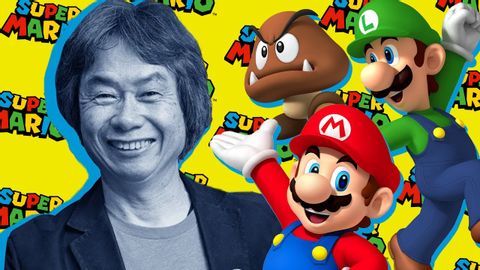馬利歐兄弟遊戲風靡全球,但你認識創造它的人嗎?一起看看宮本茂的生平與創作故事(Shigeru Miyamoto: The Man Who CREATED Mario)
神谷菜々子 發佈於 2023 年 05 月 30 日  沒有此條件下的單字
沒有此條件下的單字US /sɪɡˈnɪfɪkənt/
・
UK /sɪgˈnɪfɪkənt/
US /ˈprɛznt/
・
UK /'preznt/
- adj.出席;在場的;目前的
- n.正在進行的;現在時態;目前的;禮物
- v.t.介紹;主持;介紹;展現;贈送
- v.i.出現
US /ˈkærəktɚ/
・
UK /'kærəktə(r)/
- n.角色,人物(故事,電影或戲劇中);字,字體;性格;特點;人物(一般用法);名譽;名聲
US /əˈkɑmplɪʃ/
・
UK /ə'kʌmplɪʃ/
